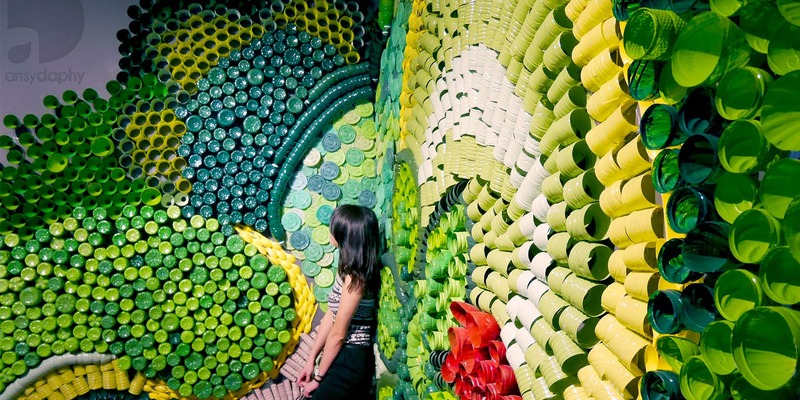Eco-Friendly Art: Creativity with a Conscience
In today’s world, sustainability isn’t just a trend—it’s a necessity. And the good news? You can be eco-conscious while unleashing your creativity! Whether you’re a DIY enthusiast, a budding artist, or a seasoned crafter, there are plenty of ways to embrace eco-friendly art without compromising on style or impact.

At Flymus, we believe that creativity should go hand in hand with responsibility. Here’s how you can create beautiful, sustainable art that’s not just good for your soul—but for the planet too.
Why Eco-Friendly Art Matters
The art world is no stranger to waste—think about the single-use plastics, synthetic paints, and non-recyclable materials that often end up in the trash. As artists and crafters, we have the power to make a difference by choosing sustainable materials and adopting mindful practices. Eco-friendly art isn’t just about saving the environment—it’s about creating art that reflects our values, our care for the planet, and our role in protecting it for future generations.
Sustainable Art Practices You’ll Love
Here are some easy and fun ways to make your art projects greener and cleaner:
1. Choose Non-Toxic, Water-Based Paints
Say goodbye to harmful chemicals and go for water-based or natural paints. Acrylic paints, for example, have low VOCs (volatile organic compounds), which are safer for both you and the environment. Look for brands that prioritize eco-friendly formulas and cruelty-free ingredients.
2. Recycle & Upcycle Materials
Before you buy new supplies, take a look around your home. Old magazines, newspapers, fabric scraps, and even broken jewelry can be transformed into incredible works of art. Upcycling not only reduces waste, it brings out your creative resourcefulness!
3. Opt for Reusable Tools
Instead of disposable items like paper towels, use cloth rags or sponges that can be washed and reused. For stencils and brushes, invest in high-quality tools that will last for years rather than cheap alternatives that need to be replaced often.
4. Support Eco-Conscious Brands
When buying new art supplies, choose brands committed to sustainability. Eco-friendly art brands use recycled packaging, natural fibers, and plant-based products to reduce their carbon footprint. Look for certifications like FSC (Forest Stewardship Council) for paper products or eco-friendly certifications on paints and adhesives.
5. Use Natural Pigments
Want to get creative with your colors? Explore natural pigments derived from minerals, plants, and earth elements. They offer beautiful, unique tones and are much better for the environment than synthetic dyes and pigments.
The Power of Eco-Friendly Art in DIY Projects
Eco-friendly art isn’t limited to just painting. There are plenty of DIY projects where you can incorporate sustainable practices:
-
Handmade Paper: Recycle scrap paper to create your own handmade paper for cards or journals.
-
Upcycled Home Décor: Turn old bottles, wood scraps, or vintage furniture into stylish décor pieces.
-
Sustainable Jewelry: Use beads made from natural materials or recycled metals to create beautiful, ethical accessories.
When we take the time to think about how our creations impact the environment, we add more meaning to each project. Plus, sustainable art practices encourage us to become more thoughtful consumers and more intentional with every brushstroke, bead, and stencil.


